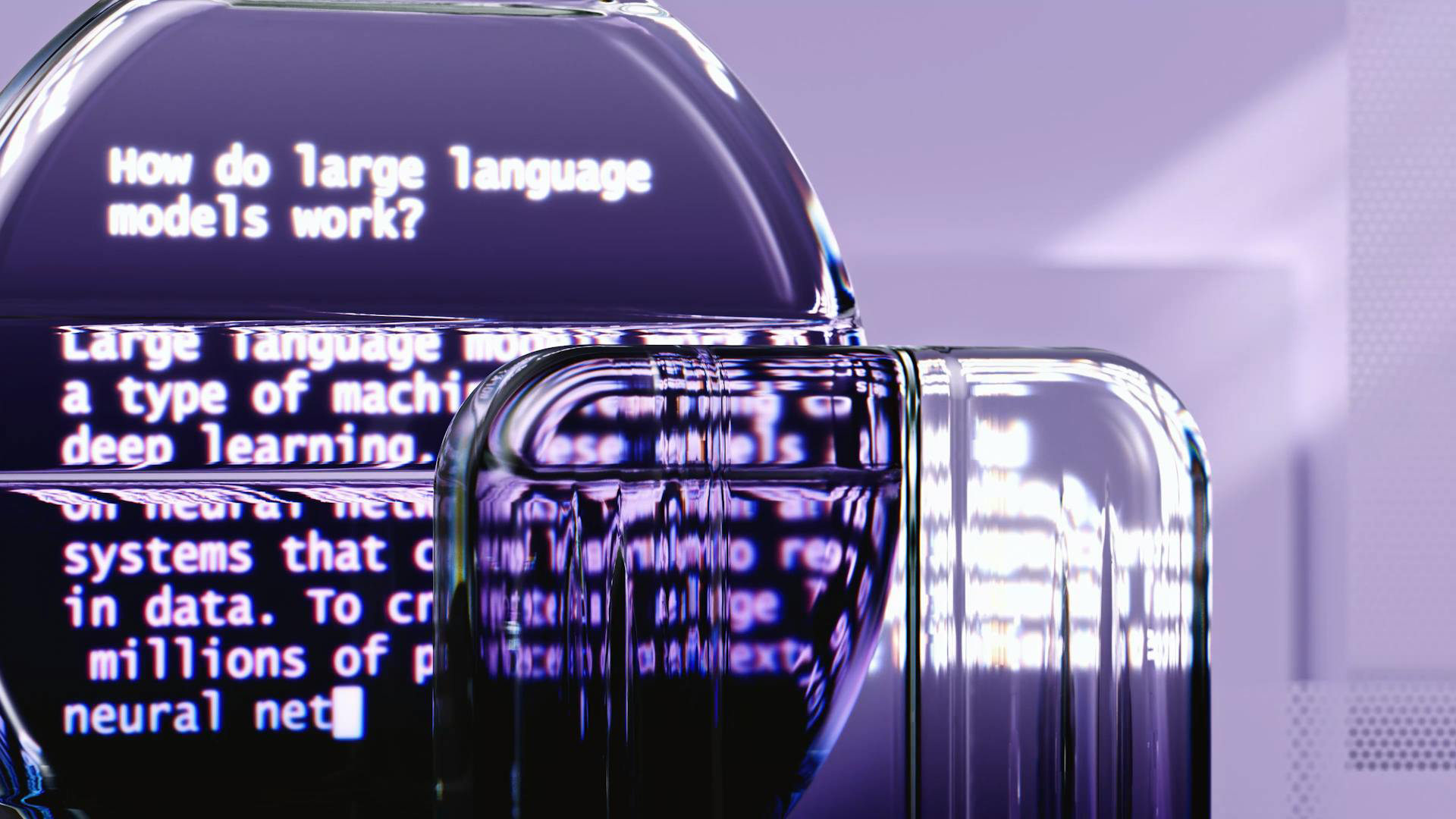AI technology has reached a new level of momentum across industries. As it continues to be utilized in diverse sectors—whether for healthcare, financial, automation, data analysis, and much more, its technology should attain a robust user interface (UI) design system to enhance the user experience further.

Enhancing User Experience
The primary goal of UI in AI applications is to enhance user experience by making complex technologies accessible and easy to use. AI systems often process vast amounts of data and perform complex details that are not easily understandable by non-technical users. A robust UI simplifies this complexity by presenting information in an intuitive and digestible manner, enabling users to make informed decisions based on AI-driven insights without needing to understand the underlying algorithms. With familiarity and universality of an interface, it clears any hurdles for user interaction by allowing data flow to easily be accessible.
Seamless and Broad Adoption
The success and adoption of AI technologies often hinge on how easily users can interact with the system. An intuitive and well-designed UI helps to safeguard that users are not intimidated by the technology, which can otherwise lead to underutilization or outright rejection of potentially transformative tools. By providing a friendly and approachable interface, companies can facilitate broader adoption across various sectors, from healthcare to finance, where AI can significantly enhance efficiency and accuracy.

AI has also been utilized for tools such as automation and conducting analytic audits—with its many key benefits, a UI that feels familiar and intuitive, provides that adoption for users. However, it isn’t simply users who benefit from a robust UI, corporations, stakeholders and more can easily adopt AI into their fields as well. A robust and seamless UI can help reduce the learning curve associated with new technologies, and the familiarity of it all allows easier implementation and incorporation as another tool to use. This familiarity improves user-centric design and operational efficiency, allowing for smoother integration of AI into daily workflows.
Customization and Accessibility Implementation

With a brand-focused UI design language, it allows AI technology to be better customized to align with a company’s needs and features. Whether this is through micro-interactions or custom coding for a more focused design, customization is much more attainable when the UI element is specific and robust. A well-designed UI must be adaptable and customizable, allowing users to adjust settings and preferences as needed to suit their specific requirements. Additionally, accessibility must be a core consideration in UI design, to ensure that AI technologies are usable by people of all abilities for a user-centric design.
Robust UI design plays a pivotal role in the effective deployment of AI technologies. By focusing on user experience, broader adoption, trust, customization, accessibility, and driving innovation, companies can ensure that their AI technologies perform well and are used to their full potential.









